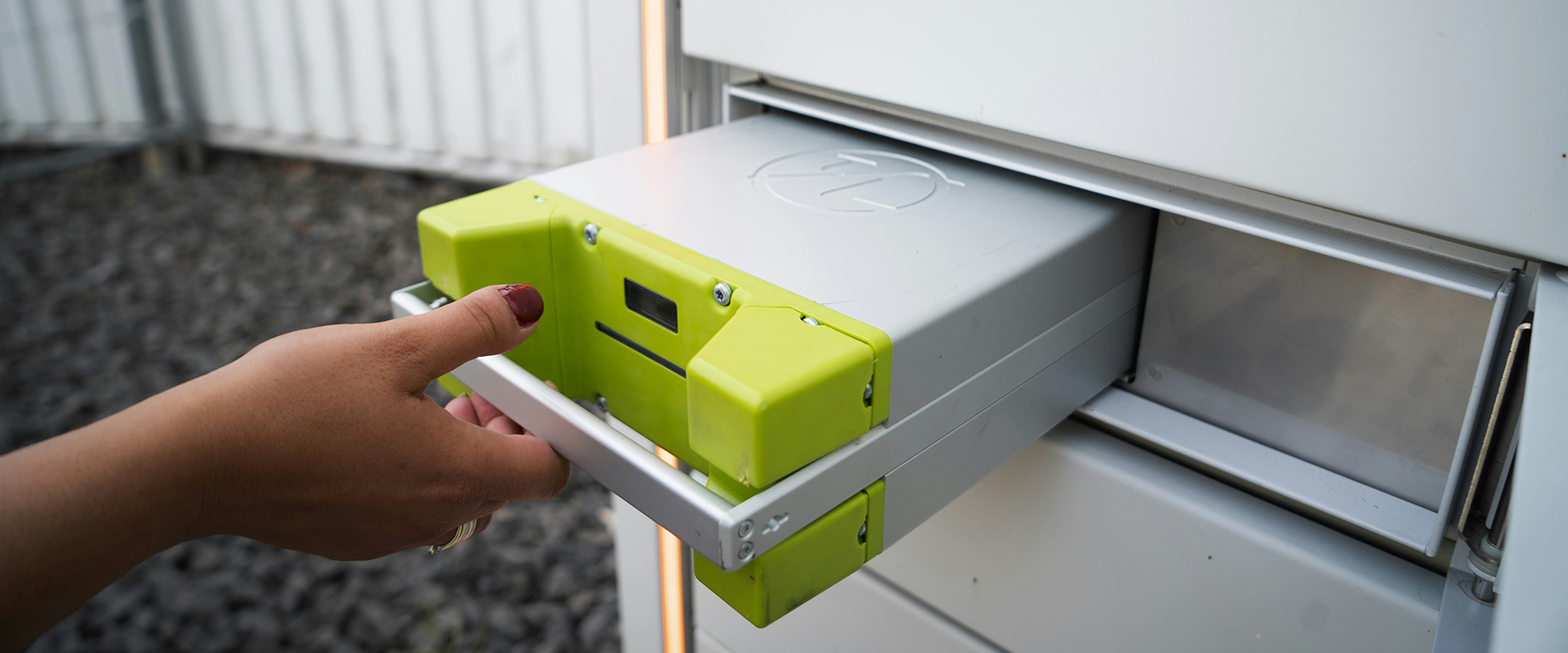In the rapidly evolving field of energy storage technologies, understanding the costs associated with different options is critical to making informed decisions. Lithium batteries have gained popularity as energy storage solutions, but other technologies exist as well. In this article, we’ll conduct an in-depth cost comparison between lithium batteries and other energy storage technologies, looking at the factors to consider when choosing the best solution for your needs.
 Batteries au Lithium
Batteries au Lithium
Lithium batteries are widely used due to their efficiency, high energy density, and long service life. However, they are not free of costs. Here are the main things to consider:
Initial Cost Lithium batteries, while prized for their performance and durability, come with a higher initial cost. In 2021, the average cost of a lithium-ion battery was between $100 and $200 per kilowatt-hour (kWh). This value may vary depending on technological advancements and market demand. The initial investment, while substantial, can be seen as a long-term investment. Indeed, given their longevity and low maintenance requirements, these batteries can offer an attractive return on investment over several years.
Maintenance Costs One of the major advantages of lithium batteries is their low maintenance requirements. Unlike traditional batteries, such as lead-acid batteries, they do not require regular maintenance to maintain their performance. In addition, with a failure rate of only 1% (according to some studies), their reliability translates into significant savings in replacements and repairs. In the long run, these savings can offset much of the high upfront cost of the battery.
Energy Efficiency Lithium batteries are known for their exceptional energy efficiency, which results in minimal energy loss during charge and discharge cycles. On average, the efficiency of a lithium-ion battery is around 90-95%. This means that for every unit of energy used to charge the battery, 90-95% of that energy can be recovered during discharge. This high efficiency translates into long-term energy savings, as less energy is wasted, making lithium energy storage systems more cost-effective in the long run compared to other technologies.
Other Energy Storage Technologies
In addition to lithium batteries, there are other energy storage technologies, including lead-acid batteries, flow batteries, supercapacitors, and flywheels. Each of these options has its own advantages and disadvantages in terms of costs:
Lead-Acid Batteries
Lead-acid batteries are cheaper than lithium batteries in terms of initial cost, but they have a shorter lifespan and require more maintenance, which can lead to higher costs in the long run.
Batteries à Flux
Flow batteries are flexible in terms of storage capacity and have a long service life. However, they are more expensive to purchase and require complex maintenance.
Supercapacitors
Supercapacitors offer fast charging and discharging, but their storage capacity is limited. Although they have low operating costs, their initial cost is high.
Flywheels Flywheels, also known as kinetic energy storage devices, are particularly suitable for delivering power over short periods of time. They can discharge their energy almost instantaneously, making them useful for grid frequency regulation and other applications that require rapid response. In 2021, the initial cost of flywheels could range from $1,000 to $2,500 per kilowatt (kW), making their initial investment higher than that of lithium batteries. However, they make up for this cost with their impressive lifespan of up to 20 years or more, with virtually unlimited cycle capacity.
Decision Factors When it comes to choosing an energy storage technology, a thorough analysis of long-term needs and costs is essential. Here are a few more things to consider:
- Energy Requirements Think about how often and how quickly you’ll need to discharge energy. For example, if you need an instantaneous energy response, flywheels might be more suitable than lithium-ion batteries, even though their initial cost is higher.
- Lifespan Lithium batteries can last between 10 to 15 years depending on their use, while flywheels can last for more than 20 years. However, flywheels have the advantage of withstanding an almost unlimited number of charge and discharge cycles without significant degradation.
- Efficiency While lithium-ion batteries have an energy efficiency of around 90-95%, flywheels can achieve an efficiency of up to 85-90%. Although slightly lower than lithium-ion batteries, this efficiency is still impressive.
- Maintenance Costs While lithium batteries have relatively low maintenance costs, flywheels, due to their mechanical components, may require more regular maintenance. It is therefore important to assess the long-term implications of these costs when making decisions.
Conclusion
Analyzing the costs between lithium batteries and other energy storage technologies is key to making an informed decision. Lithium batteries offer long life, high energy efficiency, and low maintenance costs. However, other technologies may be more appropriate depending on your specific needs. Before making a decision, carefully consider the pros and cons of each option to choose the one that will allow you to achieve the best energy efficiency while optimizing your costs.



